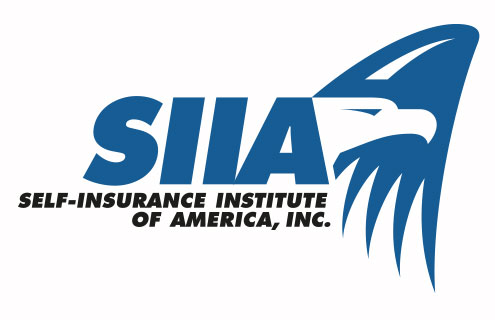The Self-Insurance Institute of America (SIIA) has asked the Internal Revenue Service (IRS) to grant more time to 831(b) captives that need to comply with Notice 2016-66.
The SIIA’s letter, sent to the IRS today (17 November), in response to the IRS and the US Treasury's 1 November Notice 2016-66, which formally labelled micro captive transactions as “transactions of interest”.
The notice requires reporting by any taxpayer involved in micro captive transactions over a number of past years in which the open statutes of limitations applies. The filing deadline for this is 30 January 2017, 90 days from the date of issuance.
Ryan Work, vice president of government relations of SIIA, said: “Considering the large amount of reportable information being requested, the amount of past years under potential review, and the lack of guidance on the soon to be enacted Protecting Americans from Tax Hikes (PATH) Act requirements, we believe an extension is necessary.”
The letter suggested that “extending the comment deadline for at least 90 days after the compliance deadline is more than reasonable and should be harmless”.
The letter explained that even captives abiding by the rules could face unnecessary fines and punishment because they are unable to compile the information requested in “such a short time span”.
Most captives affected by the notice will “likely have at least one insured business and one shareholder that also reports, and may have dozens of each”, according to Work.
The letter stated: “Therefore, the total number of taxpayers required to file reportable transaction forms will easily exceed tens of thousands, posing difficulty for both the industry in compiling the data, and the IRS in reviewing. We imagine this would also create a burden on the IRS.”
According to Work, the fact remains that the notice, outside of being effective immediately with just 90 days to report, throws out a broad net to nearly all captives, regardless of whether they exhibit potentially abusive practices or not.
Work said: “Approaching this complex issue requires more detailed and carefully crafted guidance, much like the issues already faced by the industry with many of the PATH requirements.”


